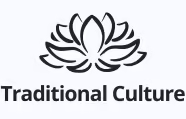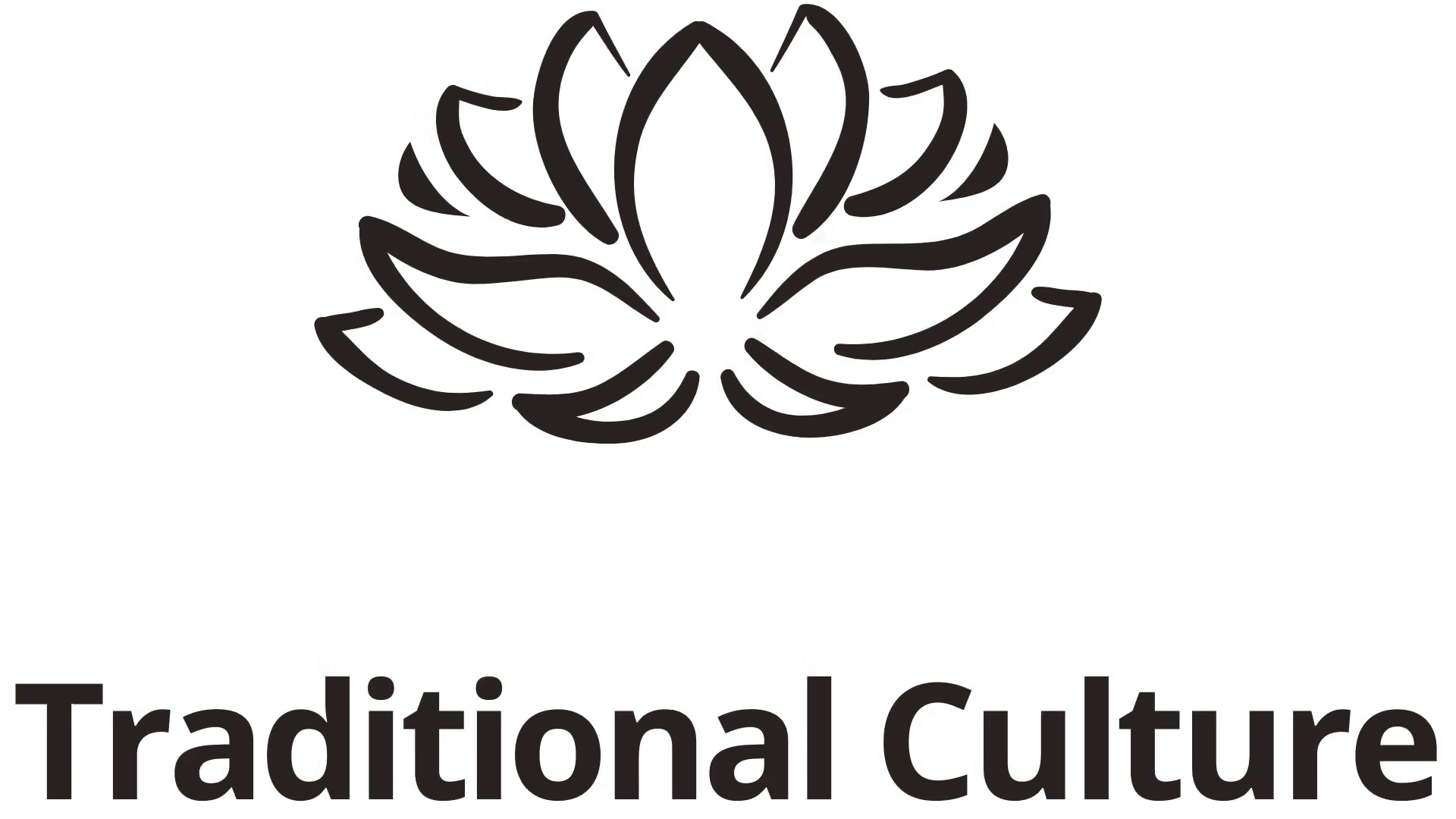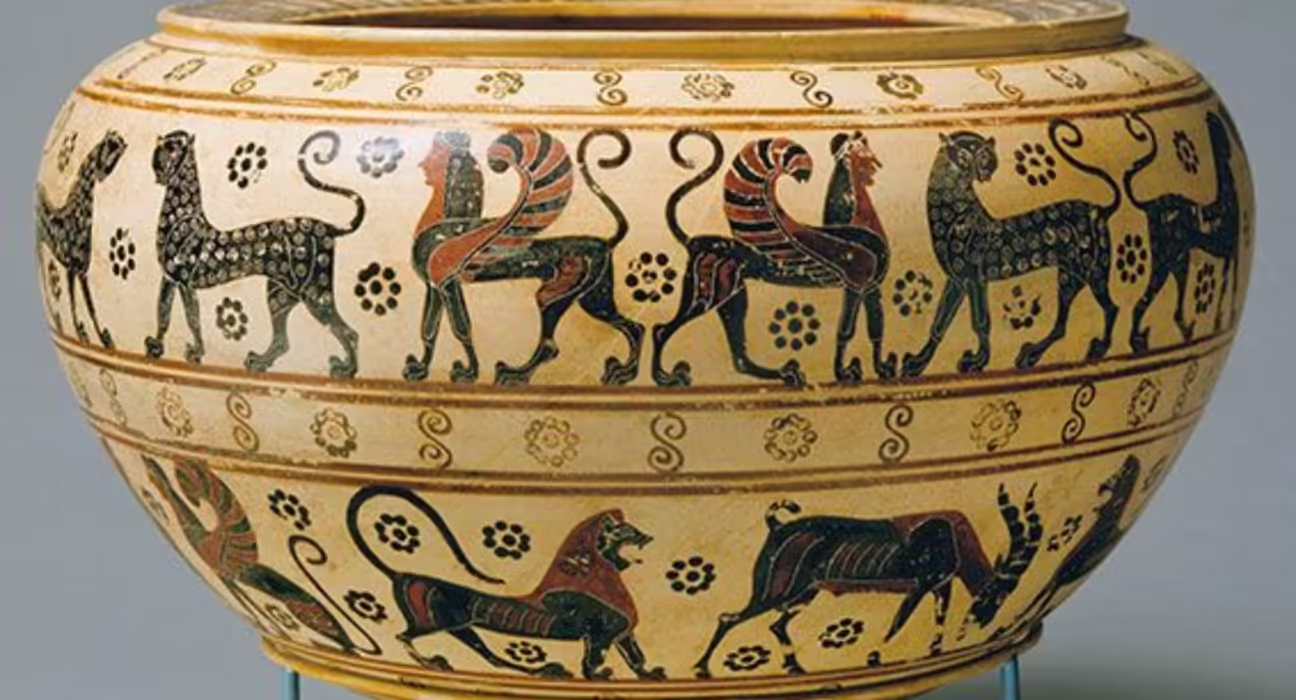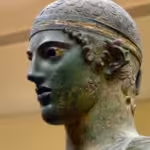The Archaic Style (Ancient Greece) represents a fascinating chapter in the development of Greek civilization, marked by profound transformations in art, philosophy, and cultural practices. Spanning from around 800 BC to the onset of the Classical period, this era shaped the foundation of what we now recognize as classical Greek culture. As we delve into the intricacies of the Archaic style, we will explore its artistic characteristics, philosophical underpinnings, cultural significance, and its transition into the Classical age, shedding light on how these elements collectively forged a pivotal moment in human history.
The Birth of the Archaic Style: A Cultural Renaissance

The Archaic period is often viewed as a renaissance of sorts for Greek civilization. After centuries of decline during the Dark Ages, a resurgence in economic, political, and cultural activity took root across various city-states. This section focuses on how these changes manifested in both society and art.
Economic Growth and Urbanization
The emergence of the polis—city-state—was central to the revitalization of Greek society in the Archaic period.
As trade routes expanded, cities grew wealthier, facilitating an environment ripe for cultural flourishing. Increased commercial activities brought diverse influences, leading to a synthesis of ideas and aesthetics that would define the era. The prosperity allowed city-states to invest in monumental architecture and public works, reflecting their newfound confidence and identity.
We can see evidence of this prosperity in the construction of temples and public spaces that not only served practical purposes but also became symbols of civic pride. The development of governance theories and collective decision-making processes further encouraged a sense of community among citizens.
In examining the economic landscape, it’s essential to recognize how this wealth didn’t merely support the elite; it trickled down to artisans and craftsmen, providing them with resources for innovation. As artists began to experiment with new techniques and materials, their work reflected broader societal changes, laying the groundwork for future artistic movements.
Political Structures and Philosophical Inquiry

The Archaic period saw significant shifts in political thought, as emerging democratic ideals began to take root in the fabric of society.
With the formation of governing assemblies and councils in various city-states, citizens started grappling with fundamental questions regarding power, justice, and individual rights. This newfound political engagement inspired thinkers to challenge traditional notions of authority and societal norms.
Philosophers like Thales and Anaximander emerged during this period, posing inquiries about the nature of existence, the cosmos, and humanity’s place within it. Their explorations laid the groundwork for a philosophical tradition that would later flourish in the Classical era.
The interplay between politics and philosophy during the Archaic period signified a shift towards rational thought, moving away from mythological explanations of the world. This, in turn, paved the way for greater intellectual exploration and fostered an environment where inquiry was valued, ultimately shaping the trajectory of Western philosophy.
The Artistic Expression of Identity
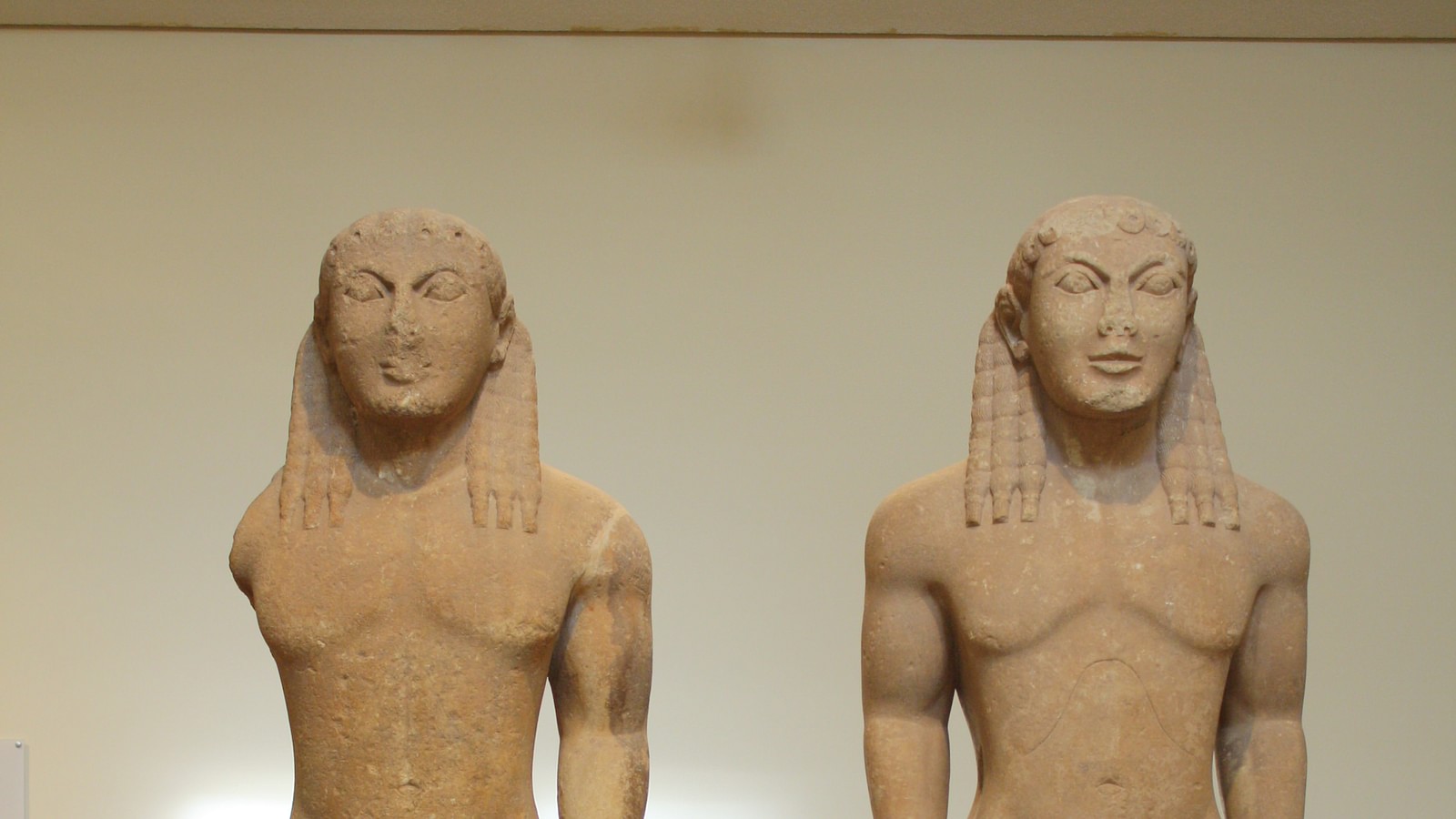
As society evolved, so too did artistic expression.
The Archaic style in visual arts is characterized by its unique representations and symbolism. Sculpture became a vital medium for expressing identity and status, as seen in the kouros and kore figures. These statues embodied ideals of beauty, youth, and physical prowess, showcasing the cultural values of the time.
Kouros statues, depicted as young men in a pose of vitality, reflected the admiration for athleticism and strength, which were highly esteemed in Ancient Greek society. Conversely, the kore figures represented young women, often clothed, symbolizing modesty and grace.
Through these artistic forms, one can observe not just aesthetic choices but also deeper social commentaries. Artists infused their works with cultural narratives, encapsulating the ethos of their society. The choice of themes and subjects carved out identities for different groups while reinforcing communal values, suggesting a shared understanding of beauty that transcended individual expression.
The Aesthetic Dimensions of Archaic Art
Delving deeper into the Archaic Style (Ancient Greece), we encounter rich dimensions of aesthetics that distinguish this period. Understanding the artistic conventions offers insight into the values and beliefs held by the Greeks during this transformative phase.
The Evolution of Sculpture Techniques

Sculpture in the Archaic period marked a significant departure from earlier styles, embracing a more naturalistic approach.
Artists began experimenting with proportion, posture, and facial expressions, moving beyond the rigid and formal representations that characterized previous periods. The introduction of the “Archaic smile” in sculptures created a sense of liveliness, inviting viewers to engage with the figures on a more human level.
Through careful observation and study of the human body, sculptors developed a keen understanding of anatomy, which enabled them to render figures with increasing precision. This evolution reflects not only technical skill but also a burgeoning appreciation for the natural world and the human experience.
Moreover, the use of materials such as marble and bronze facilitated greater detail and durability, allowing for intricate designs. The enduring quality of these artworks signifies their importance to Greek identity, as they were often created to honor gods or commemorate significant events.
Iconography and Symbolism in Archaic Art
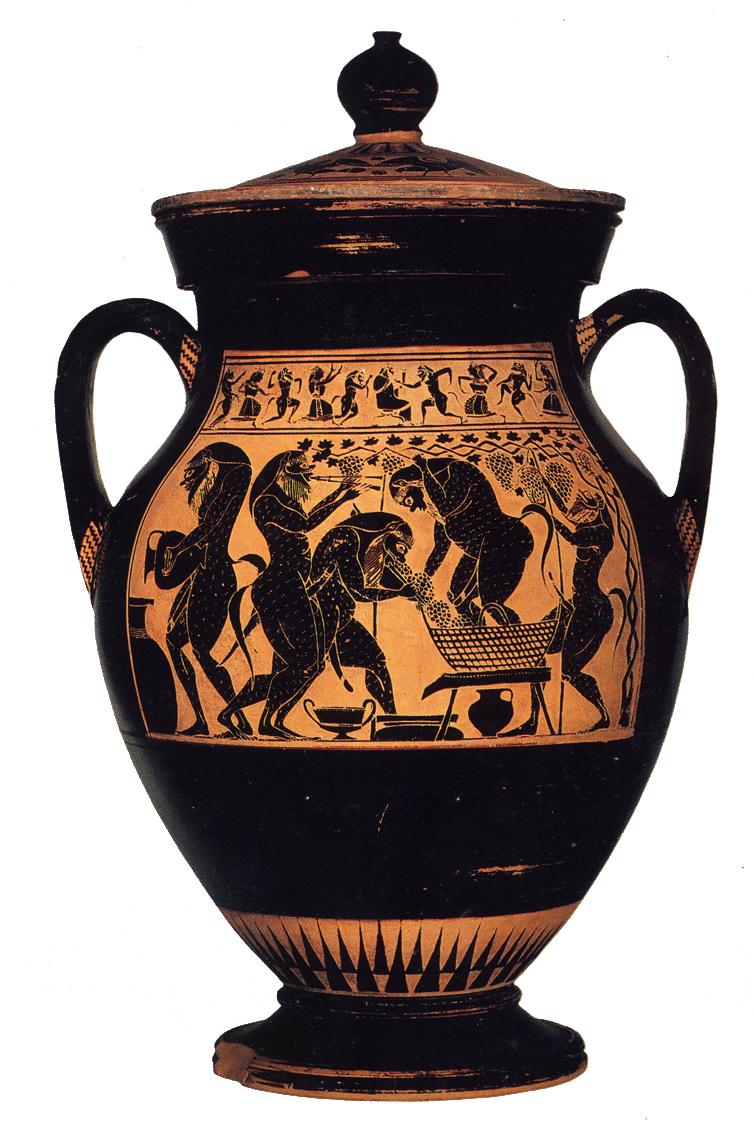
Iconography played a crucial role in Archaic art, serving as a language through which artists conveyed complex ideas and narratives.
The Greeks employed motifs and symbols that resonated with their cultural and religious beliefs. For instance, depictions of deities, heroes, and mythical creatures adorned many artworks, weaving together a tapestry of stories that defined their worldview.
These symbols were not arbitrary; they carried meanings that connected individuals to their heritage and the divine. By incorporating familiar imagery, artists fostered a sense of continuity with the past while simultaneously shaping a shared cultural narrative.
An analysis of specific artifacts reveals the layers of meaning embedded within Archaic art. The portrayal of athletic competitions, for example, underscores the importance of physical prowess in society. Such representations transcended mere decoration; they embodied the values of honor, excellence, and community solidarity.
Ceramics: Everyday Art and Cultural Reflection
Ceramic artistry flourished during the Archaic period, reflecting both daily life and religious practices.
Vases and pots became canvases for storytelling, showcasing scenes from mythology, everyday activities, and rituals. The black-figure and red-figure techniques allowed artisans to depict intricate details, transforming functional objects into exquisite works of art.
These ceramics offer valuable insights into the sociocultural dynamics of the time. The choice of themes often mirrored the interests and concerns of the populace, illustrating social hierarchies, gender roles, and religious beliefs. For instance, depictions of symposiums highlight the significance of social gatherings, while images of worship underscore the sacred aspects of life.
By exploring these ceramic pieces, scholars gain access to the lived experiences of the ancient Greeks. They serve as historical documents that illuminate customs, values, and aspirations, bridging gaps between past and present.
The Interplay of Religion and Culture in the Archaic Era
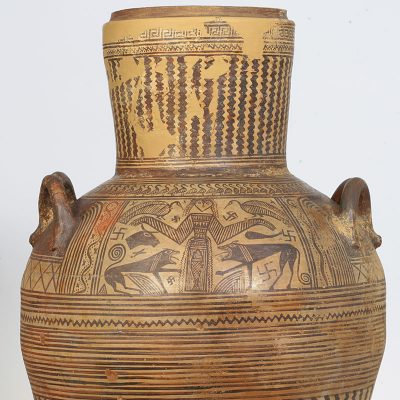
Religion permeated every aspect of life during the Archaic period, influencing art, philosophy, and social structures. This section delves into the multifaceted relationship between religion and culture in Ancient Greece.
The Pantheon of Deities

The rich tapestry of Greek mythology provided a backdrop against which the Archaic culture flourished.
Gods and goddesses were deeply woven into the daily lives of the people, dictating moral codes and offering guidance. Temples dedicated to deities became focal points for communities, fostering a spirit of unity and devotion.
Artisans often portrayed these divine figures in their works, creating votive offerings and sculptures that honored the pantheon. The visual representation of gods not only reflected religious beliefs but also served as a means of connecting individuals to the divine.
Understanding the characteristics of each deity allowed people to navigate their relationships with the gods more effectively. Artistic depictions often emphasized attributes associated with specific deities, reinforcing the cultural narrative surrounding their roles in human affairs.
Festivals and Public Rituals

The calendar of the Archaic period was filled with festivals celebrating various deities. These events provided opportunities for communities to come together, foster social cohesion, and express their gratitude to the gods.
Participation in rituals and ceremonies reinforced communal bonds while also allowing individuals to partake in a collective spiritual experience. The grand processions, sacrifices, and theatrical performances that characterized these festivals underscored the importance of ritual in Greek culture.
Art played a pivotal role in these festivities, as elaborate decorations adorned temples and altars. The inclusion of artistic elements in religious observances highlighted the intrinsic relationship between creativity and spirituality, emphasizing how art could elevate the experience of worship.
Philosophical Reflections on Religion

As philosophical thought began to emerge, scholars grappled with the implications of religious beliefs on human existence.
Philosophers like Heraclitus and Pythagoras questioned the nature of divinity and the universe, prompting discussions that blurred the lines between philosophy and religion. Their inquiries sought to understand the principles governing existence, challenging traditional beliefs while paving the way for future philosophical discourse.
This intersection of philosophy and religion revealed a dynamic tension within Greek society. While many continued to embrace the traditional pantheon, others sought new interpretations of existence, leading to a diverse landscape of beliefs.
Ultimately, the Archaic period set the stage for ongoing dialogues about the relationship between humanity and the divine, foreshadowing the profound philosophical developments that would characterize the Classical age.
The Legacy of the Archaic Period: Transition to Classical Excellence

As the Archaic period progressed, the groundwork was laid for the unprecedented achievements of the Classical era.
Innovations in Artistic Technique

The transition from the Archaic style to Classical art is marked by pivotal innovations in technique and representation.
As artists honed their skills, they began to prioritize realism and emotional expression over the idealized forms of the Archaic period. The shift toward more dynamic poses and lifelike features reflected a deeper understanding of human anatomy and movement.
This evolution was particularly evident in sculpture, where artists like Phidias pushed boundaries by introducing dramatic gestures and nuanced expressions. The movement away from static poses allowed for a more engaging interaction between the artwork and the viewer, enriching the overall artistic experience.
Philosophical Advancements
The Archaic period set the stage for the philosophical advancements that flourished during the Classical age.
As intellectual curiosity blossomed, thinkers such as Socrates, Plato, and Aristotle emerged, building upon the foundational inquiries initiated by their Archaic predecessors. The emphasis on rationality, ethics, and the nature of knowledge became hallmarks of Classical philosophy.
These philosophers engaged with the concepts introduced during the Archaic period, questioning established norms and encouraging critical thought. Their dialogues and teachings transformed philosophical discourse, establishing frameworks that continue to influence contemporary thought.
Cultural Continuity and Transformation
While the Classical period is often celebrated for its artistic and intellectual achievements, it is essential to recognize the cultural continuity stemming from the Archaic era.
Many themes, values, and practices established during the Archaic period persisted and evolved throughout the Classical age. The celebration of athletic competitions, the prominence of the polis, and the reverence for the divine remained integral to Greek identity.
At the same time, the Classical period witnessed transformations that built upon the foundations laid by the Archaic style. New artistic forms, innovative philosophies, and evolving social structures emerged, reflecting the dynamic and adaptable nature of Greek culture.
Conclusion

The Archaic Style (Ancient Greece) represents a period of remarkable transformation, laying the groundwork for the artistic and intellectual achievements that followed. Through the exploration of economic growth, political structures, artistic expressions, and the interplay of religion and culture, we gain insight into the complexities of this influential era.
This period not only revitalized Greek civilization after centuries of decline but also fostered an environment where creativity, inquiry, and community thrived. The legacies of the Archaic period continue to resonate today, reminding us of the timeless allure of Greek culture and its enduring impact on the course of human history. As we reflect on the foundations established during this era, we acknowledge the interconnectedness of art, philosophy, and society, celebrating the rich tapestry of human expression that emerged in Ancient Greece.
✉️ Stay Connected — Subscribe for Weekly Updates
Discover timeless stories, practical wisdom, and beautiful culture — delivered straight to your inbox.
*We only share valuable insights — no spam, ever.

